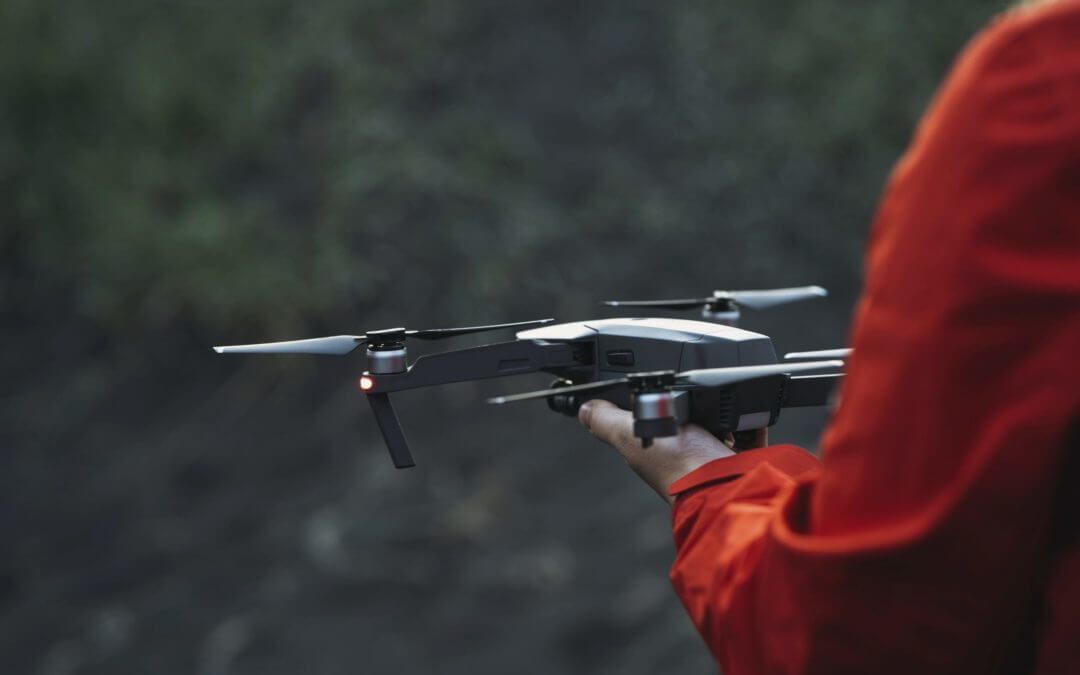Around the world, nearly 10 million non-governmental organisations (NGOs) are working to address complex political and social issues.
These organisations rely on donations and outside funding to accomplish their goals, and they call upon volunteers to donate time and resources in hopes of making the world a safer place to live.
In search of simplicity, some large NGOs are adopting drone technology to help tackle complex political issues. Here you’ll learn about the most common ways that NGOs use unmanned air vehicles (UAVs) worldwide.
1. Refugee management
Every year, people are displaced by political upheavals, war, natural disasters, and other devastating events. Without oversight, these mass displacements of people can quickly devolve into chaos.
NGOs step in to find suitable locations for refugee camps, manage the inflow and outflow of supplies and people, help care for the needs of displaced persons and more.
In recent years NGOs have begun relying on drones to map out potential refugee camps. Using aerial surveying technology, drones can gather key data on large swaths of land in minutes.
With this information, surveyors can determine if a particular site is suitable for housing a large number of people. They can also figure out where to place roads or waste sites within the camp. In the past, surveyors would have to gather this information by helicopter or on foot – a process that could take days at a time.
Real-life application: The International Organisation for Migration (IOM) used drone mapping to help resolve logistical questions about the Kutupalong Refugee Camp in Bangladesh. This massive camp is divided into 1600 blocks for easier management. Using UAVs, IOM personnel were able to map out spots for sanitation areas and water distribution points.
2. Archeological site preservation and research
In addition to helping with current political and social issues, NGOs are often involved in preserving ancient history.
For years, archaeological research has relied on invasive and time-consuming methods. While there is still a need for hands-on work in archaeology, drones can help expedite and simplify this research.
Through aerial mapping and scanning, researchers are able to get a high-level view of archaeological sites and generate 3D models of each site. Again, these maps and models can be generated in fairly short periods of time.
Real-life application: Peru has a dedicated drone archaeology team that helps excavate and preserve ancient artifacts. Since the inception of the program, the drone team has mapped more than 600 sites across the country.
3. Supply delivery
NGOs often work in far-flung places that aren’t easy for volunteers and support staff to access. People in these areas usually need food, medicine, and medical supplies that are expensive and inconvenient to deliver via traditional methods.
With drones, NGOs are able to quickly transport life-saving supplies. This is still a relatively new use of drones, but in the future, UAVs may be the primary vehicle for delivering supplies around the world.
Real-life application: Charitable organisations have been using drones since 2016 to deliver supplies to people in remote parts of Rwanda. Fixed-wing drones operated by a US-based company called Zipline have done thousands of flights to deliver blood, medications, and other clinical items.
In Australia, SwoopAero put together a project to deliver medical items to the remote island of Vanuatu.
Conclusion
NGOs around the world are using drones for good to help refugees, deliver supplies to people in need and conduct necessary research. If your organisation wants to implement a successful drone program for a positive impact, reach out to admin@mirragin.com.au today for expert guidance.
You can also find out more about drones and their future in business, subscribe to our podcast.

